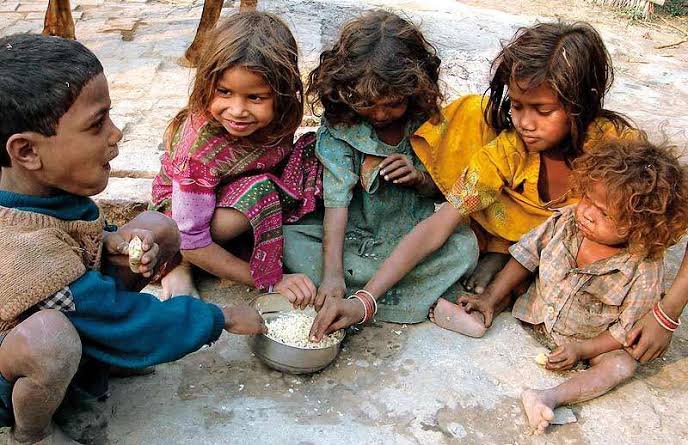In the 2023 Global Hunger Index, out of 125 countries, India has ranked 111th which is a concerning state that showcases the serious level of hunger within the country. The government of India strongly denied this ranking, objecting it as inaccurate and considering it a wrong intent. Amid the government’s response which raised debate, the facts presented by the index are alarming.
The GHI score of India for this year was 28.7, representing a serious level of hunger. This score has placed India behind the neighbouring countries like Pakistan (102nd), Nepal (69th), Bangladesh (81st), and Sri Lanka (60th). Meanwhile, it was slightly better than South Asia and South Africa of the Sahara where both recorded scores of 27.
Various key indicators impacted on India’s low GHI ranking. The rate of under-five mortality stood at 3.1%, undernourishment at 16.6% and the extent of anaemia in women aged between 15 to 24 years was at 58.1% which was unbelievable. India had the highest child wasting rate globally at 18.7% which is shocking and reflects critical undernutrition in children. Child wasting is a measure of children’s weight with respect to their height.
The Indian government did not accept the index’s findings, saying that the GHI is an unreliable measure of hunger that doesn’t precisely reflect India’s true position. In particular, the Women and Child Development Ministry listed out various concerns with the methodology. They debated that three of the four indicators used for the index are concerned with the health of children and are not related to the entire population. Further, the crucial indicator “Proportion of Undernourished (PoU) population,” is represented on a small sample size opinion poll, which they found complicated.
The ministry also stressed that the data on children under five years uploaded on the Poshan Tracker, an initiative by the government, consistently raised since April 2023. The child wasting percentage on the Poshan Tracker remained consistently less than 7.2%, in sheer contrast to the 18.7% figure used in the GHI 2023. Furthermore, they argued that the two other indicators, stunting and wasting apart from hunger are influenced by several factors such as genetics, environment, sanitation and food utilisation. Hence attributing them completely to hunger is overly simplistic. And at last they also questioned the assumption that child mortality is solely an outcome of hunger, stating that the relationship is not well established.
The GHI report of 2023 revealed a stagnation in progress against hunger globally. The GHI score for the world in 2023 was 18.3, just slightly lower than the score in 2015 which was 19.1 representing that global efforts to confront hunger have stabilised. The occurrence of undernourishment has been on the rise since 2017, with the number of undernourished people rising from 572 million to approximately 735 million.
The report emphasised that various factors have exaggerated the hunger situation world-wide which include the compounding impacts of climate change, economic shocks, conflicts, the global COVID-19 pandemic, and the Russian-Ukraine war.
These events have increased economic and social inequalities and have also hindered or even reversed the development made in reducing hunger in many nations.

